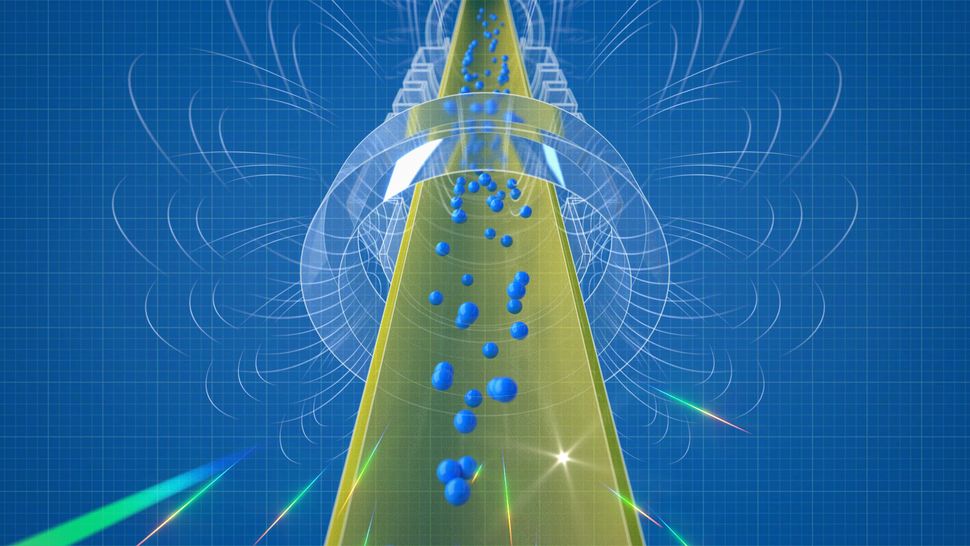MI weekly selection #529

Moons crashing together may have created Saturn’s rings
Saturn’s iconic rings may be the result of a collision between two moons made of ice and rocks. Scientists simulated almost 200 collision scenarios and found that the impact of two moons roughly the size of Saturn’s current moons could disperse into icy rings, consistent with the belief that the planet’s rings are just a few million years old.
Full Story: Space
Bees struggle to find flowers when car pollution rises
Air pollution from cars is harming bees’ ability to find and pollinate flowers. Researchers found that ozone disrupts the volatile organic compounds that bees use to identify plants and observed that bees’ number of visits to flowers shrank as ozone levels increased.
Full Story: BBC
Switzerland glaciers have lost record ice in past 2 years
Switzerland’s glaciers have lost 10% of their volume in the last two years with a 4% rate of ice loss this year alone. Hot summer temperatures and low winter snow volumes have caused the country’s glaciers to lose as much ice in the past two years as they did between 1960 and 1990.
Full Story: CBS News
Antimatter responds to gravity normally
Physicists conducted a first-of-its-kind experiment showing that antimatter, particularly atomic antihydrogen, is pulled downward by gravity in the same way as normal matter. The experiment is the first to conclusively prove that antigravity does not exist and confirms Einstein’s general theory of relativity, which says that all masses respond to gravity in a similar way.
Full Story: Space
Dinosaur feathers resembled those of modern birds
Dinosaurs had feathers that were chemically similar to those found on modern birds. Scientists found that the dinosaurs’ feathers were made of corneous beta-proteins, much like today’s birds, and the proteins converted to alpha proteins during fossilization over 125 million years.
Full Story: Live Science
1 comment
In the article “Antimatter responds to gravity normally” it is stated that: “ The experiment is the first to conclusively prove that antigravity does not exist”. That statement is factually incorrect and plainly wrong, from both a theoretical and experimental perspective. The experiment doesn’t have anything to do with “antigravity” (however we define it), and it simply verifies that mass of antimatter particles behaves the same in gravitational fields as “usual” particles (which shouldn’t be surprising, but good to test anyway).